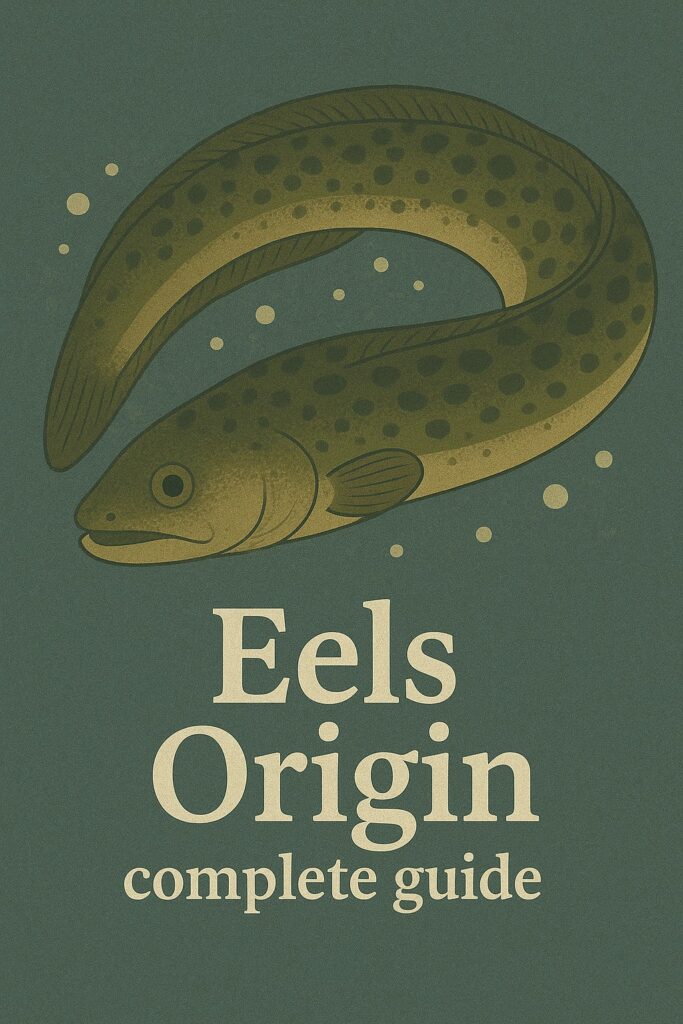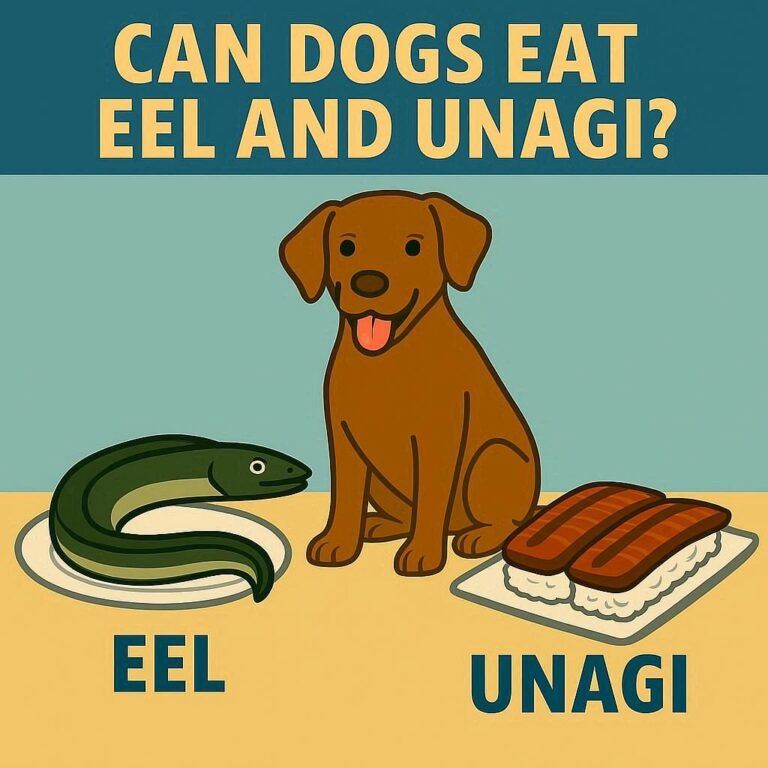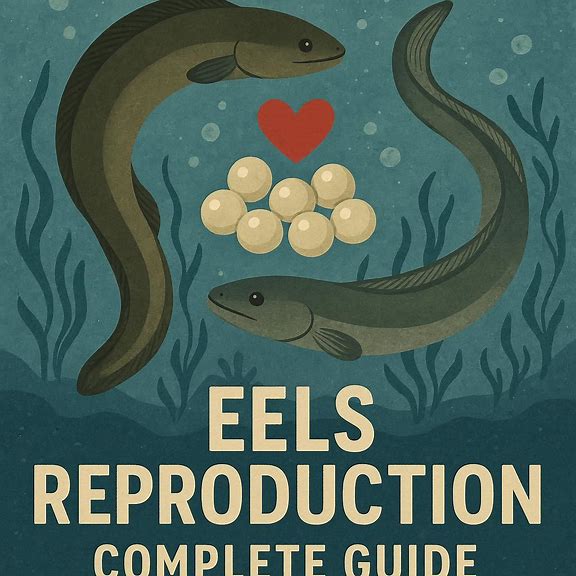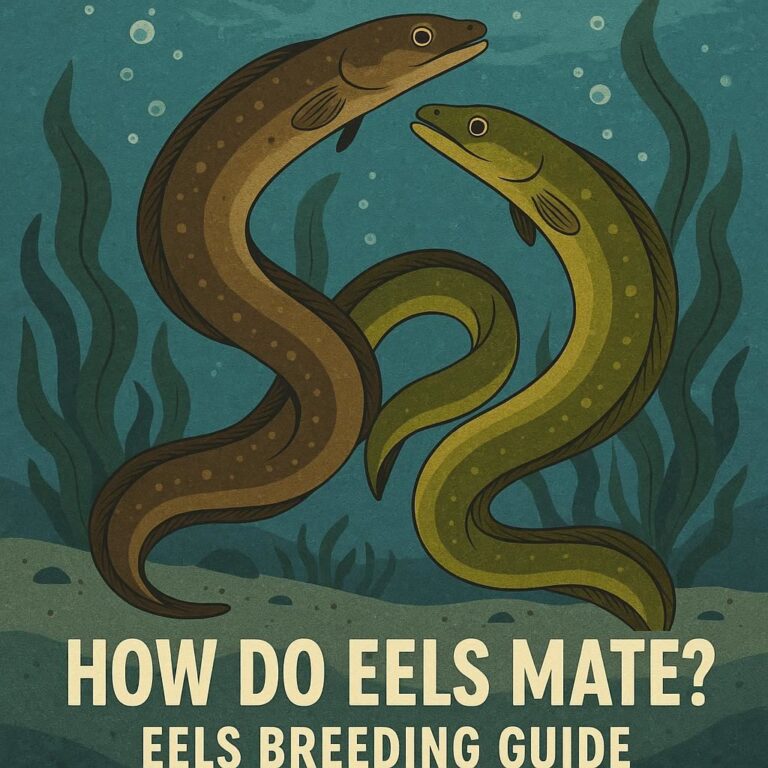
Few creatures in the natural world have baffled scientists, philosophers, and explorers for as long as the eel. Their slippery bodies, secretive habits, and especially their mysterious life cycle have led to more than 2,000 years of curiosity and confusion. For centuries, no one knew where eels came from, how they reproduced, or where they spawned. Even today, despite major scientific breakthroughs, parts of their origins remain shrouded in mystery.
This article explores the origins of eels—biologically, evolutionary, and historically—from ancient myths to modern scientific discoveries. We’ll travel from Greek philosophy to the depths of the Sargasso Sea to understand these remarkable creatures and their astonishing journey.
The Ancient Mystery of Eels
Long before modern biology existed, humans were puzzled by eels. Their long, snake-like shape and the fact that no one ever saw baby eels, spawning eels, or even eel eggs made them seem almost supernatural.
Aristotle’s Theory
Around 350 BCE, the philosopher Aristotle tried to explain eel origins. Because no one had ever seen their reproductive organs or eggs, he believed that eels spontaneously generated from mud. According to him:
“Eels come from the guts of the earth.”
This idea lasted for centuries because:
People caught only adult eels
No eel fishermen found eggs
Eels seemed to appear in rivers suddenly after rain
Their reproductive organs remain undeveloped until late in life
Aristotle didn’t know it, but eels simply weren’t breeding in Greek rivers—they were thousands of kilometers away from their spawning grounds.
Medieval and Renaissance Theories
Through the Middle Ages and Renaissance, eel origin myths continued. Some believed:
Eels came from dew drops on grass
Eels emerged from horsehair left in water
Eels were a hybrid of snakes and water spirits
Eels formed from decaying fish remains
Even as scientific methods advanced, no one could find proof of eggs, mating, or spawning sites.
Modern Mystery: Why Was It So Hard to Solve?
For centuries, scientists could not determine where eels came from because:
1. Eels Migrate Enormously Long Distances
Freshwater eels—like European and American eels—spend their adult lives in rivers, lakes, and estuaries. But they never reproduce there.
2. Adults Die After Spawning
After spawning, adult eels perish, making it nearly impossible to observe the event.
3. Eggs and Larvae Are Tiny and Deep
Eel eggs are extremely small, drifting in deep ocean waters.
4. Eel Larvae Look Nothing Like Eels
For a long time, the transparent, leaf-shaped leptocephalus larvae were thought to be a completely different species.
5. Migrations Occur in Remote Seas
Eels spawn in some of the most difficult places on Earth to explore, including the Sargasso Sea—a remote, deep, harsh region of the Atlantic.
Because of all this, it took over 2,000 years for humans to discover where eels actually come from.
The Great Discovery: The Sargasso Sea
Where It Is
The Sargasso Sea lies in the North Atlantic Ocean, bordered by ocean currents instead of land. It is known for:
Deep blue water
Floating sargassum seaweed
Calm surface
Vast depth
But beneath the calm, something extraordinary happens.
The Breakthrough
In the early 20th century, a Danish scientist named Johannes Schmidt conducted years of research, tracking eel larvae from Europe to the Atlantic. The smaller the larvae he found, the closer he got to their birthplace.
Eventually, he traced the smallest leptocephalus larvae back to one place—the Sargasso Sea. This meant:
✔ Both European (Anguilla anguilla) and American eels (Anguilla rostrata) spawn there
✔ After hatching, larvae travel thousands of kilometers to freshwater habitats
✔ Adult silver eels migrate back there decades later to reproduce
This is considered one of the most impressive biological migrations on Earth.
Evolutionary Origins of Eels
Where do eels really come from in evolutionary terms?
Superorder: Elopomorpha
Eels belong to the superorder Elopomorpha, which also includes:
Tarpons
Ladyfish
Bonefish
These species share one crucial feature: the leptocephalus larval stage.
Family: Anguillidae
The true freshwater eels belong to the family Anguillidae, with 16–19 species worldwide.
Evolutionary Adaptations
Eels evolved:
Long, flexible bodies for burrowing
Reduced or absent scales
Excellent sense of smell for ocean navigation
Catadromous life cycle (freshwater → ocean for spawning)
Ability to breathe through skin when moist
Their unique life cycle likely evolved as a way to:
Reduce predator pressure
Exploit rich inland feeding grounds
Avoid competition in ocean nurseries
Eels are evolutionary survivors, dating back millions of years.
The Catadromous Life Cycle: How Eels Reproduce
Where eels come from biologically is deeply tied to their unusual life stages.
1. Spawning in the Sargasso Sea
Adult silver eels undergo transformations:
Enlarged eyes
Hardened skin
Stomach degeneration (they stop eating)
Increased swimming endurance
They then swim thousands of kilometers to the Sargasso Sea, spawn, and die.
2. Egg Stage
Their eggs drift in warm surface currents.
3. Leptocephalus Stage
Larvae look like:
Transparent leaves
Drifting plankton
Nearly invisible ribbons
They can drift for:
1–3 years in European eels
1 year in American eels
4. Glass Eel Stage
Approaching continental shores, larvae metamorphose into:
Clear, eel-shaped juveniles
Called glass eels
These migrate into estuaries and rivers.
5. Elver Stage
Glass eels become pigmented elvers:
Small
Hungry
Agile
Sometimes traveling upstream in huge groups
6. Yellow Eel Stage
Eels spend 5–20+ years growing in:
Rivers
Lakes
Brackish estuaries
They feed at night and hide by day.
7. Silver Eel Stage
Full adults undergo migration physiology again and return to the Sargasso to spawn.
Where Do Moray Eels Come From? (Marine Species)
Not all eels migrate long distances. Many marine eels, like the moray eel, stay in the ocean their entire life.
Morays:
Live in coral reefs
Have vivid patterns
Grow up to 3 meters
Use crevices for ambush hunting
Their origins are tied to:
Coral reef evolution
Marine Elopomorpha diversification
Specialized jaws and skull structures
Unlike freshwater eels, morays spawn in open ocean zones but stay in saltwater their whole life.
Myths and Cultural Histories Surrounding Eels
Ancient Greece
Eels were delicacies and religious symbols. Aristotle’s idea of mud-born eels persisted for centuries.
Egypt
The Nile hosted massive eel runs; eels were often considered sacred.
Japan
Eels (unagi) have been valued for thousands of years as a stamina-boosting food.
European Folklore
Eels were:
Feared
Used in medicine
Thought to be shape-shifting creatures
Indigenous Cultures
The Māori of New Zealand have rich eel-fishing traditions and legends linked to migration cycles.
These myths arose because eel origins were hidden in the vast ocean.
Scientific Challenges: Why We Still Don’t Know Everything
Even today, scientists have never:
Witnessed an adult eel spawning in the wild
Captured an adult eel in the Sargasso Sea immediately before spawning
Observed eel eggs in situ on the spawning grounds
Because the Sargasso Sea is:
Remote
Deep
Hard to study
Difficult for deep-sea equipment
We have inferred most of our knowledge from larvae, migration paths, and physiology.
The full reproduction process remains partially unknown.
Environmental Threats to Eel Origins
Eels face severe population declines:
1. Habitat Loss
Dams block migration routes.
2. Overfishing
Glass eels are heavily harvested for aquaculture.
3. Climate Change
Ocean currents (like the Gulf Stream) shift, disrupting larval drift.
4. Pollution
River pollution harms yellow eels.
5. Ocean Changes
Warming seas may affect spawning zones in the Sargasso.
European eels are now critically endangered.
Efforts to Protect Eel Populations
Scientists and conservation groups are working on:
Fish ladders for dams
Bans on glass eel exports
Habitat restoration
Tracking eels with satellite tags
Artificial breeding research
Captive breeding remains extremely difficult due to the complex larval stages.
Conclusion: A Creature Still Full of Secrets
So, where do eels come from?
They come from:
A long evolutionary lineage of Elopomorpha
Thousands of kilometers of migration from rivers to the Sargasso Sea
Ancient origins that baffled humans for millennia
A life cycle so complex, parts remain unsolved
Eels are marvels of nature—mysterious, resilient, and astonishingly adapted to both freshwater and ocean life. Even with modern technology, their origins are still not fully understood, reminding us how many secrets the ocean still holds.
FAQs (Frequently Asked Questions)

Are eels found in all parts of the world?
Eels have a global distribution, inhabiting both freshwater and marine environments. However, the presence of specific eel species may vary depending on the region.
Do all eels undergo long migrations?
Most eel species exhibit migratory behavior, with juveniles migrating from freshwater to the ocean for reproduction. However, the details of migration can vary among species.
Why are eels culturally significant?
Eels have played important roles in various cultures’ traditional cuisines, folklore, and mythology, symbolizing concepts such as resilience and transformation.
What are some conservation efforts for eels?
Conservation efforts for eels include habitat restoration, fishing regulations, and monitoring of migration routes to ensure the sustainable management of eel populations.
How can I contribute to eel conservation?
Individuals can support eel conservation by promoting sustainable fishing practices, reducing pollution in freshwater habitats, and supporting organizations engaged in eel conservation initiatives.







